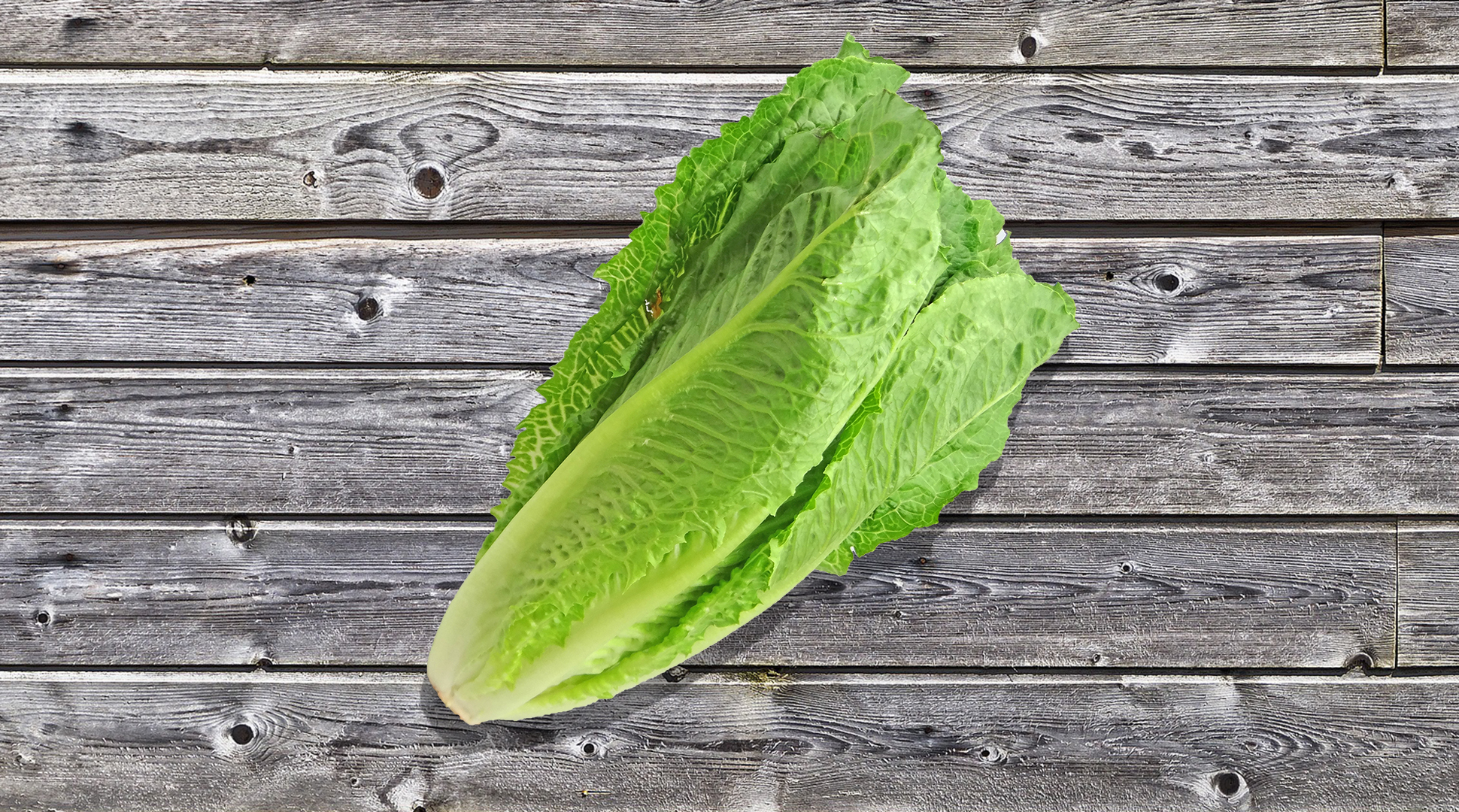By Julie Garden-Robinson, Food and Nutrition Specialist, NDSU Extension
"Can I eat the romaine lettuce in my refrigerator?" the caller asked.
"No, we need to toss romaine lettuce for the time being, until the source and cause of the outbreak is determined," I replied.
I cringe when I have to tell people not to eat their leafy green vegetables. Fortunately, we have some other choices that are similar nutritionally, such as spinach, so don't give up on leafy greens entirely.
Safety is a critical factor we need to consider when we eat. Although throwing away food is a concern to me, sometimes, for safety reasons, we need to toss food to avoid illness. In the case of Shiga toxin-producing E. coli found in contaminated romaine lettuce, the consequences can be deadly.
So far, the Centers for Disease Control and Prevention has linked a recent nationwide outbreak to lettuce grown in Arizona. At least 84 people have been sickened to date, including some illnesses reported in South Dakota. A common grower, supplier or distributor hasn't been confirmed, according to the CDC, so the investigation continues.
How do lettuce and other vegetables become contaminated? Contamination can occur at multiple places from field to fork, and can involve water, animals or workers in the field and at multiple points on the way to the final consumer.
Because produce safety is a current topic, let's review some food safety basics for choosing and preparing fresh produce of all kinds. First, select an amount you will use within a short time.
Later this summer in "pick your own" operations, be sure to bring clean containers or bags, or use bags provided, if that is an option. At the store, look for produce that is free from unusual odors or colors and signs of spoilage, such as mold. Be sure to handle produce gently to reduce bruising because bacteria can thrive in the bruised areas.
At the grocery store, keep fresh produce on top of other foods in a shopping cart and separate from fresh meat. Set it down gently on the counter at the checkout line. Remember that buying under-ripe produce isn't always the best option. Peaches, cantaloupe and nectarines are examples of fruits that may soften during storage, but they won't ripen.
When buying cut produce, be sure it's refrigerated and keep it cold during transport. Keep it in a cooler with ice if traveling a distance.
At home, follow these tips:
- Wash your hands for at least 20 seconds with soap and water before handling produce and any other food.
- Wash all fruits and vegetables with cool running tap water right before eating. Don't use dish soap or detergent because these products are not approved or labeled by the Food and Drug Administration for use on foods.
- Scrub melons with a brush and running water because bacteria can be transferred from the outside of the melon to the inside by a knife.
- Don't cross-contaminate. Use clean utensils and cutting boards when peeling or cutting up produce. Wash cutting boards with soap and water, rinse and sanitize between uses. A solution of 1 teaspoon of chlorine bleach per quart of water is considered safe and effective to sanitize kitchen surfaces.
- Cut away bruised parts before eating. Remove the outer leaves from lettuce and cabbage.
- Keep fresh cut produce cold by placing serving containers on ice. Perishable food should spend no more than two hours in the "danger zone" (40 to 140 F).
- Refrigerate cut produce and use within a few days.
Julie Garden-Robinson, Ph.D., R.D., L.R.D., is a North Dakota State University Extension food and nutrition specialist and professor in the Department of Health, Nutrition and Exercise Sciences. Follow her on Twitter @jgardenrobinson
